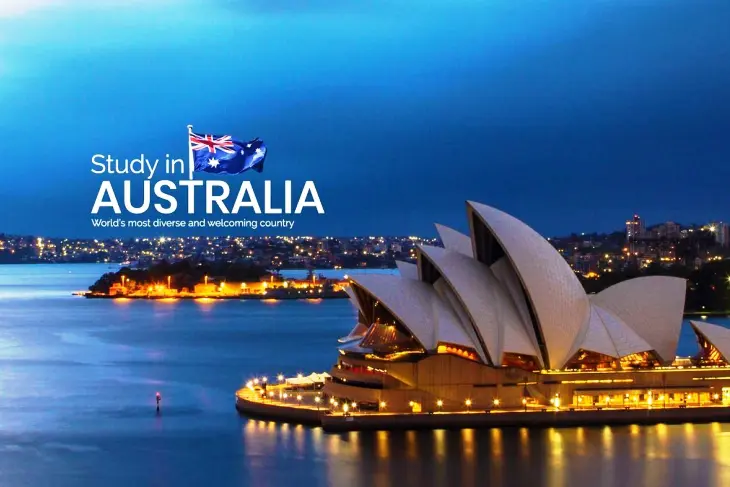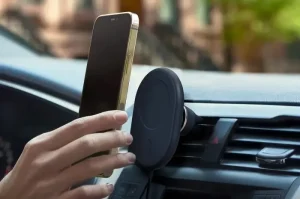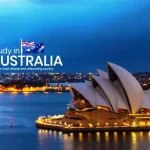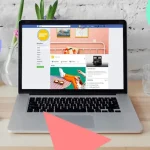Everything You Need to Know to Start Your Aussie Education Journey with Confidence
Dreaming of studying in Australia? You’re not alone. Every year, hundreds of thousands of students from around the world pack their bags and head Down Under for world-class education, stunning landscapes, and a multicultural experience like no other.
Whether you’re aiming to improve your English, pursue a bachelor’s or master’s degree, or enroll in a vocational training program, Australia offers top-tier institutions, global recognition, and potential pathways to permanent residency.
Also Read
Let’s break down the entire process – from planning to landing – so you know exactly how to study in Australia step by step.
Why Study in Australia?
Before we dive into logistics, here’s why Australia is a top destination for international students:
- Globally Ranked Universities – 7 Australian universities are in the world’s top 100.
- Wide Range of Courses – From Business, IT, Engineering to English language and vocational education.
- Work Opportunities – Student visas allow part-time work (up to 48 hours per fortnight during semester).
- Pathway to Residency – Certain courses align with skilled migration lists.
- Multicultural Society – Welcoming, safe, and vibrant student communities.
- Post-study Work Visa – Stay and work in Australia after graduation.
Step-by-Step Guide to Studying in Australia
1. Choose Your Course and Institution
Australia offers:
- Higher education (Bachelor’s, Master’s, PhD)
- Vocational Education and Training (VET)
- English language programs (General English, IELTS prep, Business English)
Use websites like Study Australia or CRICOS to find approved courses for international students.
Pro Tip: Make sure your course is on the CRICOS list (Commonwealth Register of Institutions and Courses for Overseas Students).
2. Meet Entry Requirements
Each course and institution has different criteria, but common requirements include:
- Academic transcripts (translated and certified)
- English proficiency (IELTS, TOEFL, or PTE)
- Resume and Statement of Purpose (for higher studies)
- Passport and ID documents
English Proficiency Guide:
- IELTS: Typically 6.0–6.5 for undergraduate, 6.5–7.0+ for postgraduate
- Some institutions accept Duolingo or TOEFL alternatives
3. Apply to the University or College
You can:
- Apply directly via the institution’s website
- Apply through an authorized education agent (many offer free services and help with paperwork)
Application Checklist:
- Completed application form
- Academic certificates
- English test scores
- Passport copy
- CV/resume and SOP (if required)
4. Receive Your Offer Letter
If your application is successful, you’ll receive a Letter of Offer. Review it carefully – it includes your course details, fees, and terms.
You’ll need to accept the offer (usually by signing and returning the letter), then proceed with fee payment and arranging health insurance.
5. Pay Tuition and Get Your CoE
After paying your first semester’s tuition fees and Overseas Student Health Cover (OSHC), you’ll receive a Confirmation of Enrolment (CoE).
OSHC is mandatory for student visa holders and covers basic medical expenses during your stay in Australia.
6. Apply for an Australian Student Visa (Subclass 500)
Apply online at the Australian Government Department of Home Affairs.
Required documents:
- CoE from your education provider
- Valid passport
- OSHC certificate
- GTE (Genuine Temporary Entrant) statement
- Financial documents (showing proof you can afford tuition + living expenses)
- English test scores
Cost: AUD $710 (as of 2025)
Processing time: Varies from a few weeks to a couple of months
7. Plan Your Travel and Accommodation
Once your visa is approved – yay! – start preparing for the big move:
- Book your flight early (cheaper and less stressful)
- Arrange temporary or permanent housing (hostels, shared flats, homestays)
- Download Google Maps, public transport apps, and student discount apps
Arrival Tip: Many universities offer free airport pickup for new students – check with your institution!
8. Arrive, Settle In, and Attend Orientation
- Attend your university’s orientation week (O-week) – you’ll get campus tours, meet staff, and learn about student services
- Open an Australian bank account
- Get a local SIM card
- Register for classes and buy textbooks
Extra Tips for International Students
Work While Studying
On a student visa, you can work up to 48 hours per fortnight during study periods and full-time during holidays.
Explore Scholarships
Many Australian universities offer scholarships based on academic merit or financial need. Check out:
- Australia Awards
- Destination Australia Program
- Institutional scholarships
Use Student Support Services
Most campuses offer:
- Academic help
- Mental health support
- Career counselling
- Student clubs and societies
Know Your Rights
International students in Australia are protected under the Education Services for Overseas Students (ESOS) Act.
Studying in Australia is more than just earning a degree – it’s about growing as a person, exploring new cultures, and gaining a global perspective.
With high-quality education, a welcoming society, and countless career opportunities, Australia is the ideal destination for your next chapter.
Just follow the steps above, plan wisely, and don’t be afraid to ask for help. Whether you’re into IT, medicine, business, or design – Australia’s got a place for you.













